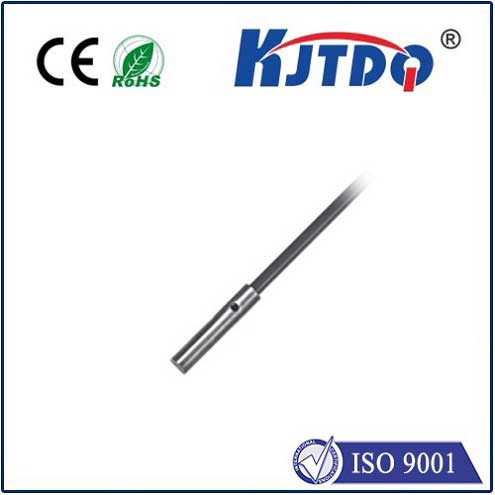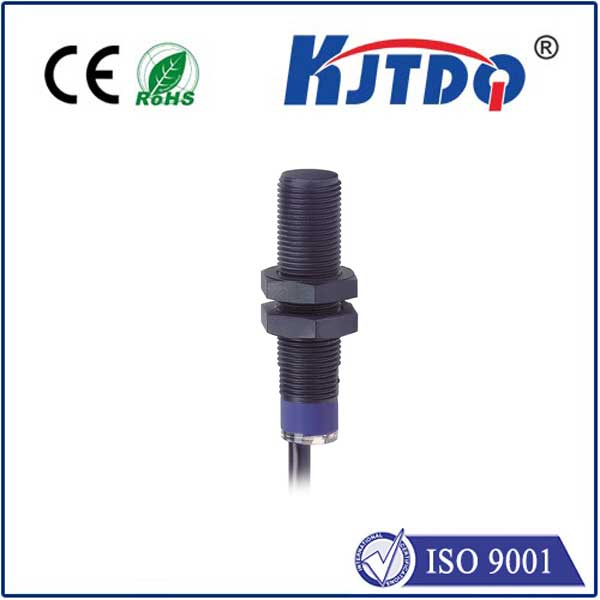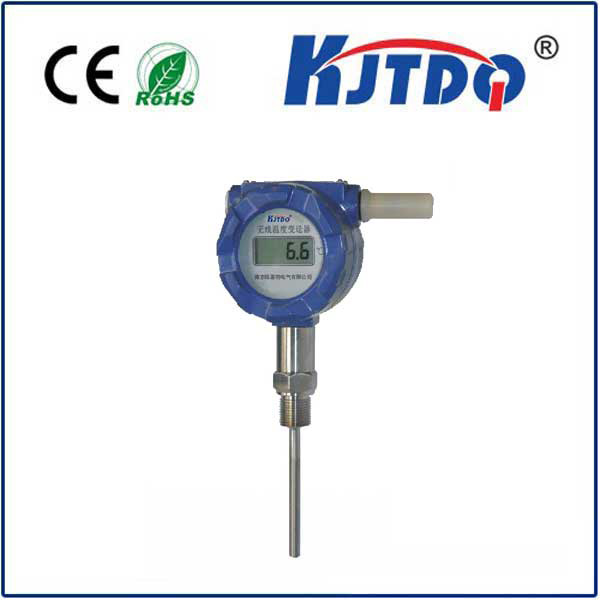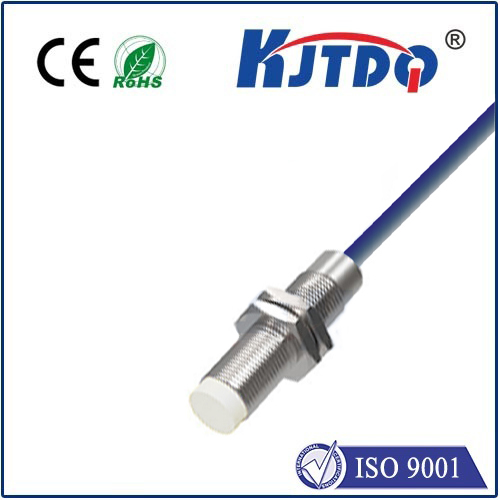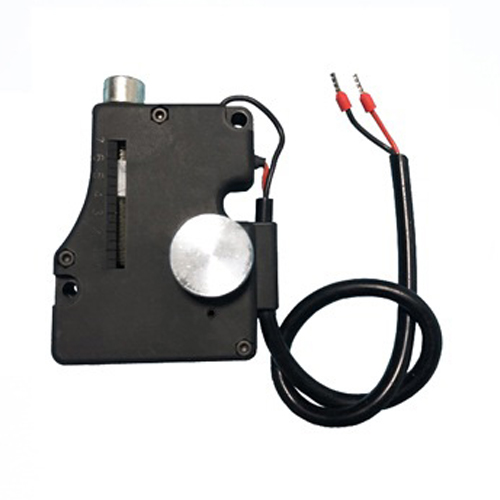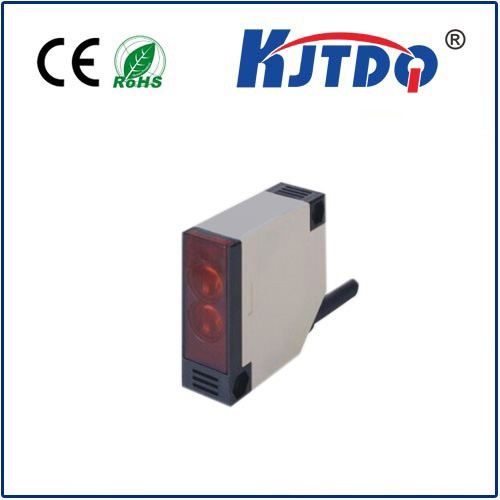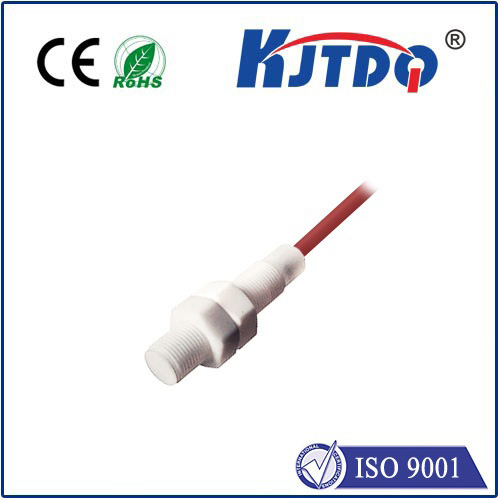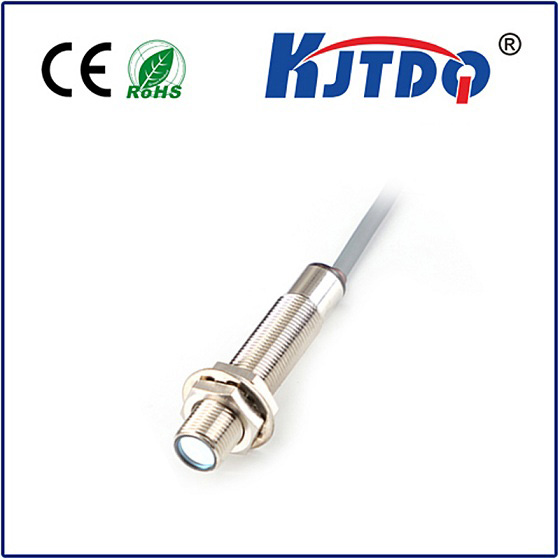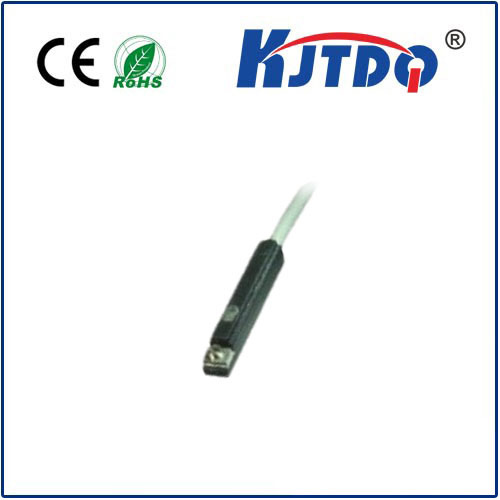baro pressure sensor
- time:2025-08-25 08:57:57
- Click:0
The Invisible Force: Exploring the Power of Barometric Pressure Sensors in Modern Technology
Ever notice how your smartphone weather app seems to know a storm is rolling in before you see a single cloud? Or how your fitness tracker accurately logs the flights of stairs you climb? Much of this unseen intelligence stems from a remarkably versatile component: the barometric pressure sensor.
Often simply called a baro sensor or BMP sensor (Barometric Pressure Sensor), this device plays a crucial role far beyond just forecasting rain. Its primary function is to measure atmospheric pressure, the weight of the air column pressing down on us at any given location. This seemingly simple measurement unlocks a world of critical applications across diverse industries, silently shaping our interaction with technology and the environment.
Understanding the Core: Atmospheric Pressure
Before diving into the sensor, let’s grasp what it measures. Atmospheric pressure isn’t constant. It varies with:
- Altitude: Pressure decreases as you ascend higher above sea level. This is the fundamental principle behind altimeters.
- Weather Systems: Low-pressure systems typically bring clouds and precipitation, while high-pressure systems often mean fair weather.
- Temperature: Warmer air is less dense, contributing to lower pressure under certain conditions.
This inherent variability makes pressure a valuable parameter for numerous calculations and systems.

How Does a Barometric Pressure Sensor Work?
Most modern baro sensors, particularly those miniaturized for consumer electronics, rely on MEMS technology (Micro-Electro-Mechanical Systems). Here’s the typical working principle:
- Microscopic Membrane: At the heart of the sensor is a tiny, flexible silicon membrane fabricated at the microscale.
- The Piezoresistive Effect: Embedded within or attached to this membrane are piezoresistive elements. These special materials change their electrical resistance when subjected to mechanical stress (like bending).
- Pressure Application: Changes in ambient atmospheric pressure cause the membrane to deflect slightly – inward under higher pressure, outward under lower pressure.
- Resistance Change & Measurement: The deflection strains the piezoresistive elements, altering their resistance. This change is incredibly small but measurable.
- Signal Conditioning: An integrated circuit (ASIC - Application Specific Integrated Circuit) within the sensor package measures this resistance change, converts it into a digital signal (usually via an ADC - Analog-to-Digital Converter), and often compensates for temperature effects (a major influence on accuracy). This processed signal represents the measured barometric pressure.
Key Advantages of MEMS Baro Sensors:
- Miniaturization: They are exceptionally small, fitting easily into smartphones, wearables, and IoT devices.
- Low Power Consumption: Crucial for battery-powered devices.
- Cost-Effectiveness: Mass production makes them affordable.
- Robustness: Solid-state design offers good reliability.
Where You’ll Find Them: Ubiquitous Applications
The versatility of the barometric pressure sensor is astounding. Here are key areas where they are indispensable:
- Weather Forecasting & Environmental Monitoring:
- Ground Stations: Provide fundamental data for weather models. Tracking pressure trends is vital for predicting storm development and movement.
- Portable Weather Devices: Handheld units and home weather stations use baro sensors to give localized forecasts and pressure readings.
- Balloons & Drones: Used in atmospheric research probes to profile pressure (and thus altitude) through different atmospheric layers.
- Aviation & Altitude Measurement:
- Primary Altimeters: Aircraft rely heavily on barometric pressure sensors for determining altitude above sea level (MSL) or above ground level (AGL), essential for safe navigation and terrain avoidance.
- Vertical Speed Indicators (VSI): Rate of climb or descent is derived from the rate of change of barometric pressure.
- Indoor Navigation & Location Services:
- Floor Level Detection: GPS signals are weak or unavailable indoors. Baro sensors excel at detecting subtle pressure differences between floors in multi-story buildings (e.g., shopping malls, airports, parking garages), enabling more precise indoor positioning systems when fused with Wi-Fi/Bluetooth beacons and inertial sensors.
- Enhanced GPS: Outdoors, combining GPS data with barometric altitude provides quicker lock-on and significantly more accurate altitude readings than GPS alone, especially in urban canyons or mountainous terrain.
- Health, Fitness, and Wearables:
- Altitude Gain Tracking: Fitness trackers and sports watches use baro sensors to accurately measure elevation gain during hiking, running, or cycling, providing crucial metrics like total ascent/descent.
- Step Counting Enhancement: Pressure changes can help distinguish between actual steps and other arm movements, improving step count accuracy.
- Health Monitoring (Potential): Research explores links between atmospheric pressure changes and conditions like migraines or sleep apnea, though consumer applications for direct diagnosis are still emerging.
- Consumer Electronics:
- Smartphones & Tablets: Enable features like location-based altitude tagging in photos, enhanced GPS, weather apps, and health/fitness tracking integrations. Your phone almost certainly has one.
- Smart Home/IoT: HVAC systems can use pressure differentials to optimize airflow or detect leakages. Smart vents might use them for pressure balancing.
- Automotive:
- Engine Control Units (ECUs): Modern engines use barometric pressure readings to adjust air-fuel mixture for optimal combustion efficiency at different altitudes. This is critical for maintaining performance and emissions standards whether driving up a mountain or at sea level.
- Tire Pressure Monitoring Systems (TPMS): While direct TPMS uses pressure sensors inside the tire, some indirect systems analyze wheel speed differences. Baro sensors provide the ambient pressure reference needed to interpret these readings correctly relative to atmospheric conditions.
Choosing and Using Baro Sensors: Accuracy Matters
Not all barometric pressure sensors are created equal. Key specifications include:
- Absolute Accuracy: How close the reading is to the true atmospheric pressure.
- Relative Accuracy: Crucial for detecting small pressure changes (e.g., altitude gain of 1 meter).
- Long-Term Stability (Drift): How much the sensor’s calibration changes over time and temperature cycles.
- Temperature Coefficient: How much the reading is affected by temperature changes.
- Resolution: The smallest detectable pressure change.
- Noise: Signal variation that can mask small pressure changes.
For applications demanding high precision (e.g., aviation altimeters, advanced weather stations), more sophisticated (and often larger/power-hungrier) sensors beyond basic MEMS might be used. However, advanced MEMS sensors are continually closing this gap. Proper integration (avoiding airflow obstruction, managing heat sources) and software algorithms (filtering noise, compensating for temperature and humidity) are vital for achieving the best performance from any baro sensor.
The Silent Engine of Contextual Awareness
From forecasting storms on our phones to guiding aircraft safely through the skies, and tracking our hikes to optimizing engine performance, the barometric pressure sensor is a masterclass in how a fundamental physical measurement, enabled by innovative MEMS technology, can provide deep contextual awareness. It translates the invisible force of the atmosphere around us into actionable data, quietly empowering countless applications that












